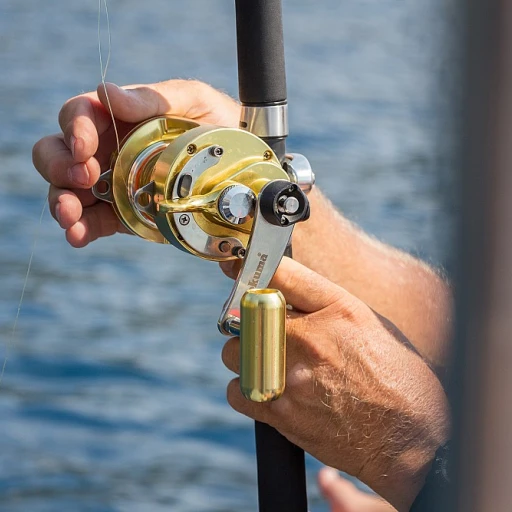Understanding the Importance of a Good Reel Handle
Elevating Your Angling Game
When it comes to fishing, the importance of a sturdy and comfortable reel handle cannot be overstated. It's the component that connects your hand to the mechanics of the reel, becoming a crucial point of contact while you engage in your favorite pastime, whether it's spinning or bait casting. An efficient handle transforms the overall handling of a spinning fishing setup, providing not just comfort but also precision and control, even in challenging conditions.
A well-crafted handle can significantly enhance your fishing experience by improving grip and ensuring better control during your catch. Whether you're using a spinning reel from popular brands like Shimano or Daiwa, or a baitcasting reel, an upgraded handle can make a noticeable difference. This is especially true for those long days on the water when every detail matters.
Moreover, investing in a reliable handle assembly can prevent common angling issues. A good reel handle is often the unsung hero behind successful fishing trips, contributing to the longevity and performance of your fishing reels. For more on optimizing your fishing gear with the right tools, consider exploring the essential guide to choosing the perfect surf fishing rod.
Signs It's Time for a Fishing Reel Handle Replacement
Identifying When to Replace Your Reel Handle
Aging fishing gear isn't just a matter of aesthetics; it affects functionality and your overall fishing experience. Recognizing when it's time to replace the reel handle can save you from the frustration of missed catches due to compromised equipment.
Over time, components like the handle grip or knob may deteriorate, impacting their feel and performance. Such wear and tear often lead to a spinning or baitcasting reel that no longer handles as smoothly as it once did. Keep an eye out for these indicators:
- Loose or Wobbly Handle: If the handle connection feels unstable or the parts shift during a cast, it signals an immediate need for replacement.
- Cracked or Worn Handle Grips: Deterioration of the handle grip material can lead to discomfort and slippage, negatively impacting your control over the reel.
- Rust and Corrosion: Especially in saltwater environments, handles, and knobs can corrode. Once rust sets in, it's best to look for a suitable replacement to avoid further damage.
- Impaired Performance: A reel handle that is sluggish or unresponsive reduces the efficiency of fishing reels, leading to a less enjoyable fishing experience.
If your reel handle displays any of these signs, consider searching for a power handle or knob that can better withstand wear, fits securely, and enhances your spinning or baitcasting experience. The options, such as those from Abu Garcia, Shimano, and Daiwa, range in price and features, like free shipping, power, and ergonomic designs.
For those looking to enhance their fishing escapades with reliable reel handles, exploring the world of fishing products may open doors to improved efficiency and enjoyment. Find out more on how enhancing your fishing experience with dependable equipment can make all the difference.
Choosing the Right Replacement Handle
Selecting the Perfect Handle for Your Fishing Adventures
Choosing the right replacement handle for your reel can dramatically impact your fishing experience. Here’s how to navigate this essential decision:- Consider the Type of Fishing: Identify whether you're into spinning or casting. Different handle designs cater to various fishing styles and reel types, like spinning reels or baitcasting reels.
- Assess the Handle Material: Materials like carbon fiber or aluminum are durable and lightweight, while stainless steel offers robust power, making them popular for handle assembly.
- Evaluate Handle Comfort: The handle grip should be ergonomic, ensuring a comfortable hold during those long fishing sessions. Power handles or power knobs enhance control, especially for heavier catches.
- Compatibility with Reel Brand: Ensure that the replacement handle fits securely with your existing reel, be it Daiwa, Shimano, Abu Garcia, or other popular brands. Many manufacturers provide compatibility lists for their handles.
- Price and Quality Balance: While budget is crucial, don't compromise on quality. Look for handles with good reviews, possibly rated four stars or above, that offer a reasonable sale price. Consider products with free shipping to save on additional costs.
- Complete Handle Assembly: Some replacement options come as a complete handle assembly, including crucial parts like the rocker arm or knob. These can be great for hassle-free replacement.
Tools and Materials Needed for Replacement
Essential Tools and Materials for a Seamless Handle Swap
Transitioning to a new fishing reel handle can greatly enhance your experience on the water, but ensuring you have the right tools and materials at hand is key to a successful swap. Whether you’re using a spinning or baitcasting reel, selecting from brands like Shimano, Daiwa, or Abu Garcia, here’s what you need to prepare for your handle replacement:
- Replacement Handle: Start with choosing a handle that fits your specific reel model, considering options such as power handles or handle grips.
- Screwdrivers: A set of screwdrivers—usually a Phillips and a flat-head—will help you in disassembling and assembling the handle parts.
- Wrench or Pliers: For loosening or tightening nuts during the knob or handle assembly process.
- Allen Keys: Depending on your reel model, Allen keys might be needed for certain handle adjustments.
- Lubricant: Maintaining the new parts’ smooth function requires a suitable fishing reel lubricant.
- Clean Rag: To keep your work area tidy and to clean the reel and handle during the replacement process.
Before starting, ensure your spinning reel or casting reel is free of fishing line to prevent any tangles or damage. With free shipping available from many vendors, getting these essential tools at an attractive sale price is easy and convenient. Here's hoping your new handle assembly adds more stars to your fishing adventures, offering both power and control whether you’re surf fishing or on the open water.
Step-by-Step Guide to Replacing Your Reel Handle
Step-by-Step Guide to Upgrading Your Reel Handle
Upgrading your fishing reel with a new handle can remarkably enhance your angling experience. Whether you use casting reels or spinning reels, a fresh handle can improve comfort and efficiency. Here’s a step-by-step guide to help you through the replacement process:- Disassemble the Existing Handle: Begin by detaching the old handle from your fishing reel. Depending on your reel type—be it a Shimano spinning reel, a Daiwa baitcasting reel, or another brand—the method of removal may vary slightly. Typically, you'll need a screwdriver to unscrew the handle assembly. Carefully remove the handle without losing any small parts.
- Examine the Parts: With the original handle removed, inspect the various parts like the knob, rocker arm, and handle grip for any wear or damage. This examination will help ensure whether other parts of the reel might need attention.
- Select the New Handle: Choose a replacement handle that fits your model. Whether you opt for a power knob for strength or a low price model for budget-friendliness, confirm that the handle handles the weight and activity of your fishing excursions.
- Attach the New Handle: Take the new handle assembly and attach it to the reel. Make sure it fits snugly and securely. Ensure the spinning or casting capabilities are not impeded. Tighten the screws firmly to prevent any play that might occur during use.
- Test the New Handle: Rotate the handle to check for smoothness and ease of spinning. All movements should be free of resistance, and the handle should feel stable without any wobble.
Maintenance Tips for Longevity
Ensuring Your Reel Handle's Peak Performance
Proper maintenance of your fishing reel handle can extend its life and ensure a smooth fishing experience. A few simple steps can keep your new handle in excellent condition and save you the hassle of frequent replacements.- Regular Cleaning: After every fishing trip, especially if you've been in a saltwater environment, rinse your reel handles and knobs with fresh water. Be sure to dry thoroughly to prevent corrosion and preserve the handle grip.
- Lubrication: Apply a small amount of reel-specific grease to the moving parts of your handle. This reduces friction and wear, ensuring the power handle operates smoothly.
- Inspect for Wear and Tear: Periodically check the handle assembly, reel handle, and knob for signs of damage or excessive wear. Early detection can prevent costly replacements and maintain the performance of your casting or spinning reel.
- Proper Storage: When not in use, store your fishing reel in a dry, cool place. Consider using a reel cover to protect your fishing reels and handle parts from dust and accidental damage.
- Up-To-Date Parts: Keeping an eye on sales and free shipping offers for handle replacements can keep you up-to-date with the latest designs and enhancements from brands like Shimano and Daiwa.
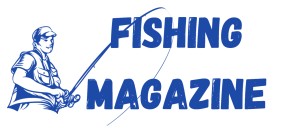
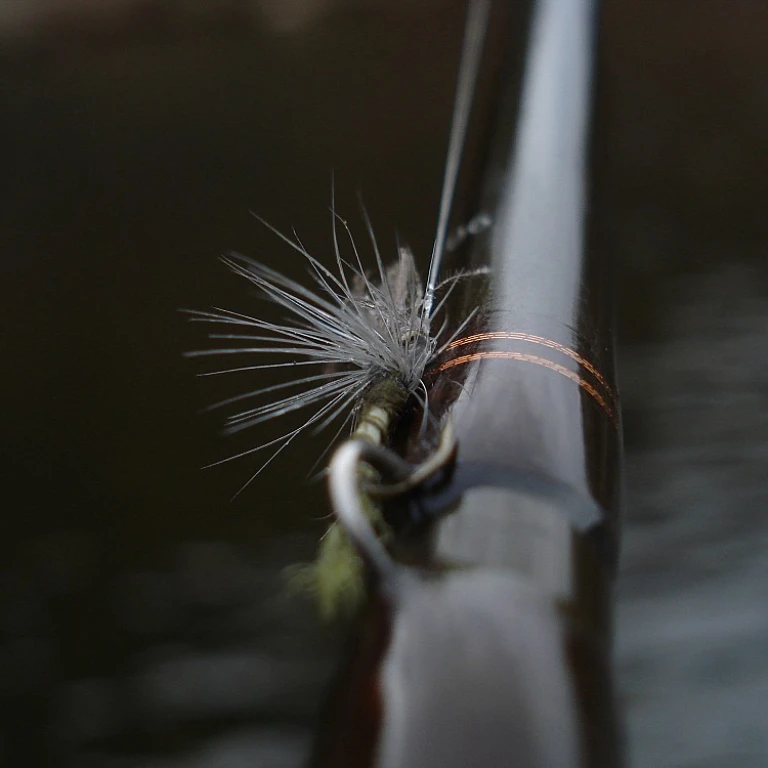




-large-teaser.webp)

-large-teaser.webp)

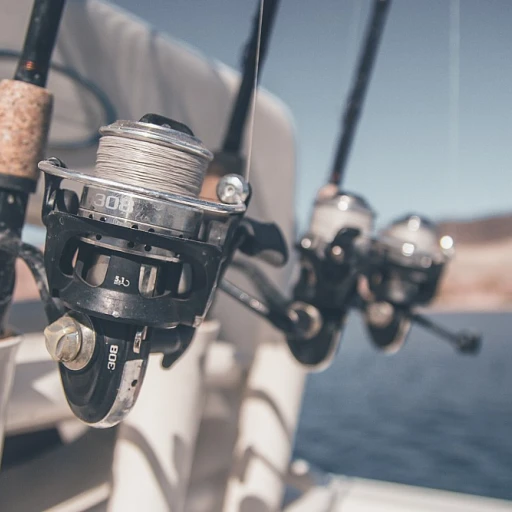
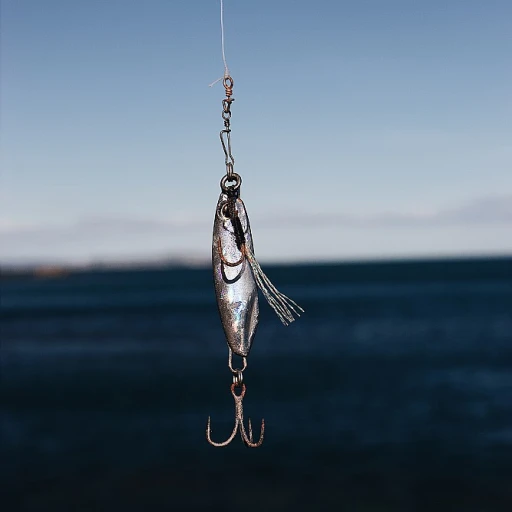
-large-teaser.webp)
